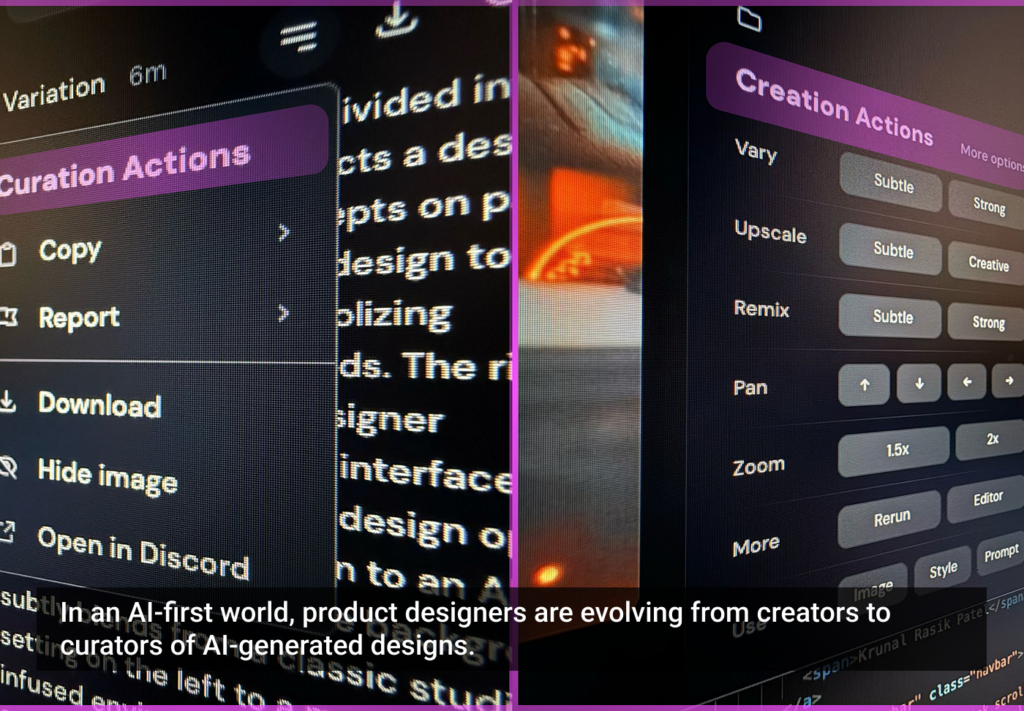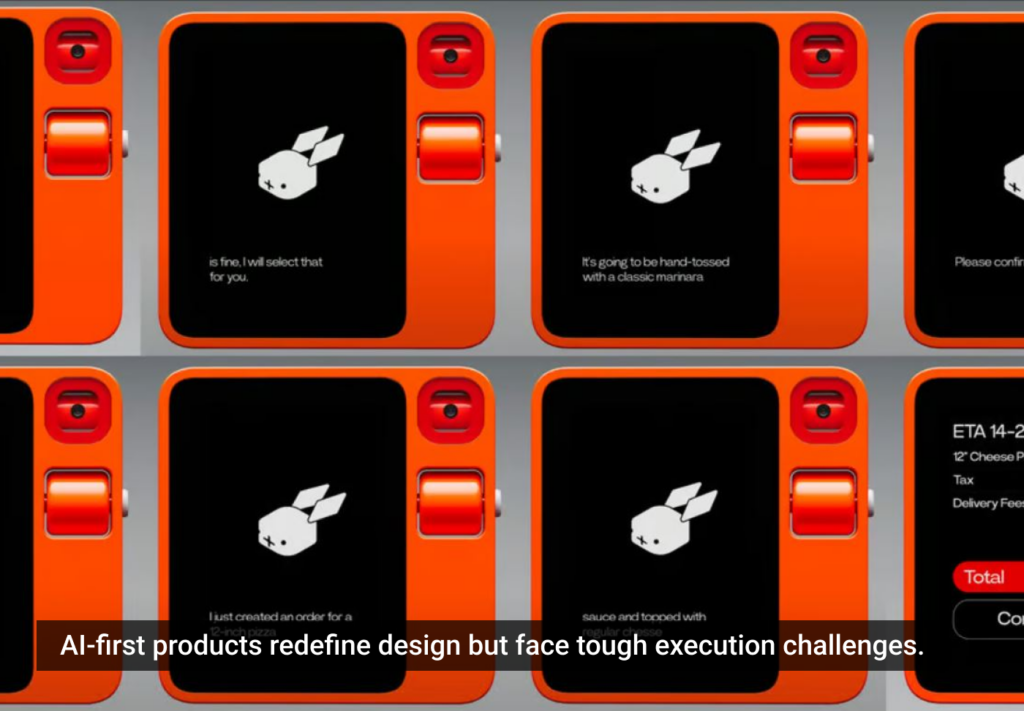You can liken the experience of spending time with people in their homes to experiencing a brand. When you enter the home of a truly great host, you are confronted by a carefully considered series of choices designed to give you a positive experience. In other words: you’re experiencing the “brand” of that particular household.
From the pleasant aromas, ambiance, and lighting to the welcoming hugs and conversation, the best hosts plan every aspect of the experience their guests will have, considering all of their senses and emotional responses. Like every brand, good hosts want their guests to want to come back for more.
While some home experience personalities such as Martha Stewart, Candice Olson, and Jonathan Adler have played a role in persuading people to carefully consider the multi-sensorial needs of their guests, many homemakers have been doing this across multiple touchpoints for generations. In many ways, you could say that homemakers are the original experience designers.
Like every good host, brands want consumers to enjoy the experience their products provide. Too often, however, they fall short of meeting expectations because they fail to understand the spectrum of multi-sensorial needs their customers have.
Like every good host, brands want consumers to enjoy the experience their products provide
By considering three important principles levied by Martha, Candice, and Jonathan—and embodied by the best everyday hosts—brands can design meaningful, multi-sensorial experiences and build long-term relationships with their customers.
Own the Small Stuff
Small details can set a brand apart from the competition. For instance, the sound a Mercedes car door makes as it closes, the rumble of a Harley Davidson motorcycle engine, the ‘psst’ sound a glass bottle of Coca Cola makes as you crack it open, and the way the cool glass feels in your hands: these are small moments brands have capitalized on, giving them the power to differentiate.
When a brand can manifest itself into a visceral, memorable experience that touches multiple senses, it can create experiences that are more than just names, logos, and objects. These experiences provide more than just status or a sense of belonging; they become worthwhile, repeatable, enjoyable, and distinct experiences consumers can’t live without.
Whatever the touchpoint or experiential element—written word, a human being, color, environment, sound, home fragrance, a comfortable chair, digital UI, or even just a receipt—brands should give them attention, no matter how small.
Consider the Whole Experience
Uncover every touchpoint that might affect the experience of your brand. For most companies this will go beyond current offerings to include things that may not even be in their control. There is immense value in understanding the other forces that might be influencing your consumer’s entry into, immersion in, or exit from your brand experience.
If someone is already in a negative mindset right after opening the box, it may not matter how good everything is that follows. For this reason, hotels will often provide guests with a fresh baked cookie upon arrival in the lobby (taking a page from the homemakers pplaybook). You may have had a terrible flight, but if they can change your mindset to a positive one, you will be in a better mood when seeing your room for the first time, and more likely to enjoy it.
Similarly, the actions that take place after interacting with your brand may also have an effect on the way your brand exists in a user’s memory. Hotels also consider this exit touchpoint by offering a chauffeur to the airport, so every minute of your hotel experience is in their control. By considering the entire experience brands can widen the positive impact and uncover new areas that they can influence.
Create Positive Memories
The memory of someone’s home is similar to the way brands exist in our subconscious: we have a certain experience, we remember certain things, and are either enticed to come back and enjoy some more, or repelled.
Can you remember the last time you had a bad experience visiting someone’s home? When the cookies are dry, the music is irritating, the sofa is scratchy, or the home fragrance is far too pungent, the overall experience is negatively impacted. It’s these memories that impact our decision to repeat the experience. In the worst cases, we may even encourage our friends to avoid it, too, which creates negative expectations for others. In today’s word-of-mouth marketing world, this is how brands die.
All experiences are heavily impacted by small, subconscious moments, which is where memories (good or bad) are born. Consider how you feel when opening a product for the first time—the way the card or paper feels to the skin; the unexpected message on the inside of the tea packaging; the feeling you have when throwing something away. These moments create memories that heavily dictate our decisions when considering if we want to repeat the experience. These sub-experiences tell consumers you’ve thought about them and want to please them. This alone can make a meaningful impact on consumer experiences by creating positive, lasting memories.
Bring it Home
When observing how people live in their own homes, you often see unconscious behaviors that are impacted greatly by all our senses. If we design an experience to improve all of these sub-experiences, we can make everyday life better, from the objects we use, to the spaces in which we live and work, to the brands that surround us and make up our world.
So, the next time you visit someone’s home, try and pick out the things that are really forming your experience and what kind of memories they are creating for you. Perhaps there are more meaningful ways in which your brand can connect with your consumers to create stronger, lasting relationships.
Image of Martha Stewart courtesy of Martha Stewart Living Omnimedia







